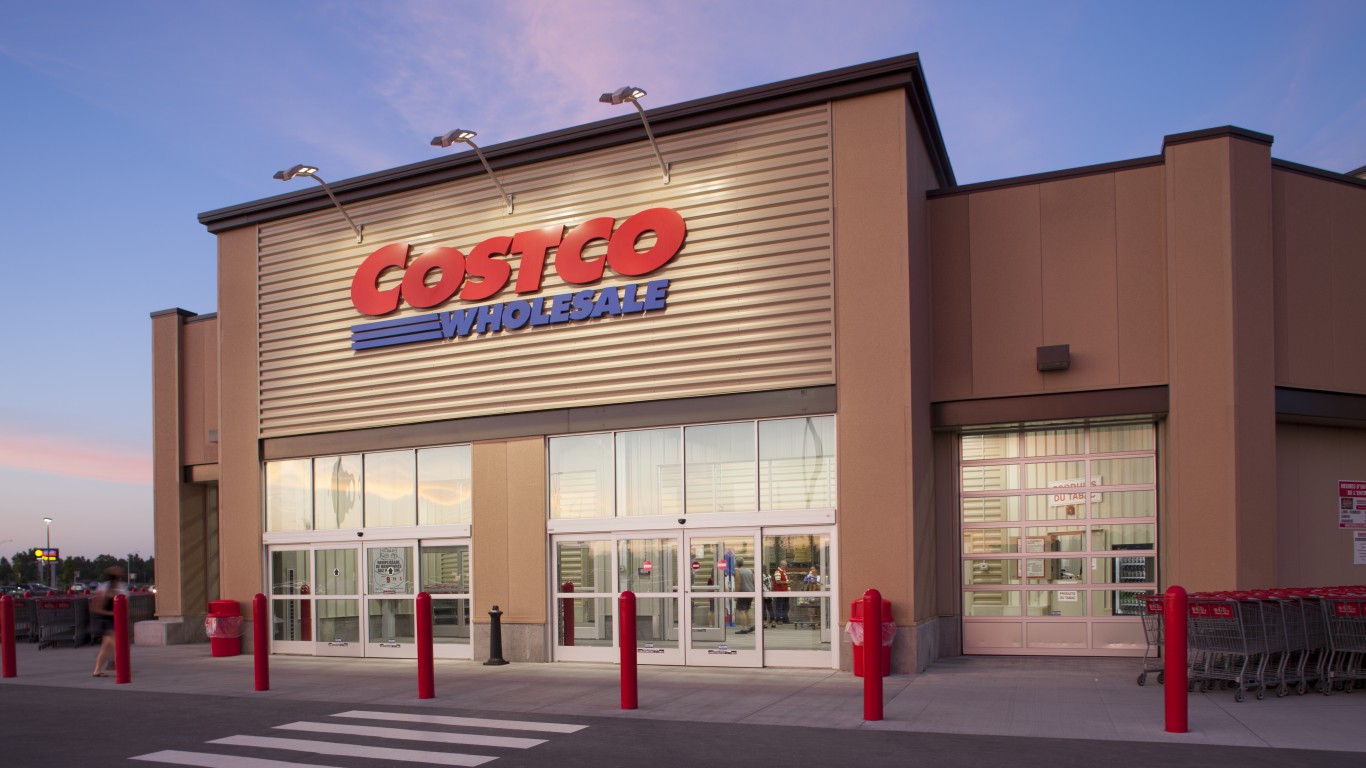
Last week, burger store Shake Shack filed for an initial public offering (IPO), saying it was seeking $100 million from the capital markets. Shake Shack operates 31 company stores and five licensed stores in the United States and 27 stores internationally. McDonald’s claims more than 35,000 stores worldwide, with more than 80% of the outlets franchised. Is Shake Shack any real threat to the Golden Arches?
If Shake Shack were the only challenger, the answer to that question would certainly be negative. But the up-and-comer is another example of how McDonald’s failed to recognize a big change in the U.S. market. In 2006, McDonald’s muffed its chance to become a major force in a category that has come to be known as fast-casual when it spun off Chipotle Mexican Grill Inc. (NYSE: CMG). One could argue that McDonald’s has been playing catch-up ever since.
The fast-casual stores like Chipotle and those of other recent restaurant IPOs, like El Pollo Loco Holdings Inc. (NASDAQ: LOCO) and The Habit Restaurants Inc. (NASDAQ: HABT), are attracting the 18- to 34-year-old millennial crowd with higher quality food and a more appealing ambience. The prices are a little higher, but millennials are able and willing to pay it.
ALSO READ: America’s Worst Run Companies
Of course if one adds up all the publicly traded fast-casual dining spots in the United States, the total would likely fall short of McDonald’s 14,000+ locations. But McDonald’s is leaving money on the table every time a new chain holds an IPO.
The company’s efforts to win back these millennial customers revolves around offering better quality food and more customization of the items on offer. The catch there is that the company risks diluting the “fast” part of being a fast-food restaurant.
In a report issued in early December, the U.S. Census Bureau said there are 73 million Americans in the 18- to 34-year-old age group, about 23% of the total U.S. population. And while these millennials are more educated than the same age group in 1980, they are also somewhat less likely to be employed. In fact, one in five millennials live in poverty, compared with one in seven in 1980, according to the Census Bureau.
McDonald’s problem is how to attract the more well-off portion of the millennials while maintaining its less well-off customers. Until the company figures this out, it will be giving companies like Shake Shack a free shot at developing a customer base that could last a very long time.
ALSO READ: Meet the Preliminary 2015 Dogs of the Dow
Credit Card Companies Are Doing Something Nuts
Credit card companies are at war. The biggest issuers are handing out free rewards and benefits to win the best customers.
It’s possible to find cards paying unlimited 1.5%, 2%, and even more today. That’s free money for qualified borrowers, and the type of thing that would be crazy to pass up. Those rewards can add up to thousands of dollars every year in free money, and include other benefits as well.
We’ve assembled some of the best credit cards for users today. Don’t miss these offers because they won’t be this good forever.
Flywheel Publishing has partnered with CardRatings for our coverage of credit card products. Flywheel Publishing and CardRatings may receive a commission from card issuers.
Thank you for reading! Have some feedback for us?
Contact the 24/7 Wall St. editorial team.

